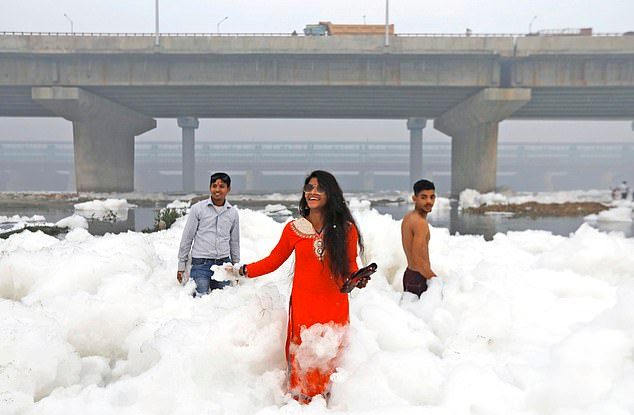Dr. Sarvepalli Radhakrishnan Teachers' Day celebration Today on Teachers' Day we'll get detailed knowledge about this topic with the help of this article. In India, Our Teachers' Day we thank our Teacher and mentors for their contributions to our education. Every year, 5th September is celebrated as Teachers' Day in India. Teachers are an important part of our lives. They motivate and inspire us, guide us towards the right path to make us a responsible citizen. 15 facts of Sarvepalli Radhakrishnan, Everyone must have to know :- Sarvepalli Radhakrishnan was born on September 5, 1888 at Tiruttani in Tamil Nadu. His father and mother were Sarvepalli Veeraswami and Sitamma. His wife was Sivakamu and he was the father of five daughters and one son. Throughout his academic life, he was awarded scholarships. He joined Voorhees College in Vellore but later moved to Madras Christian College at the age of 17. In 1906, he had completed his Master's degree in Philosophy a...
 |
| Places of origin of Ganga and Yamuna and location of Allahabad |
An Ugly Reality of Yamuna - India's Most Polluted River.Why Yamuna river is highly polluted ?
- Yamuna river accounts for more than 70% of Delhi's water supply. At Hathini Kund Barrage in Haryana, most of the water of Yamuna river is diverted.
- Delhi- Drinking water is extracted from the river at Wazirabad (North East Delhi).
- After Wazirabad barrage, what flows is mostly untreated sewage and refuse from homes, run off storm water drains and effluents from unregulated industry.
Ammonia (NH3) :
- Ammonia is a colorless gas with a pungent smell.
- It is used as an industrial chemical in the production of fertilizers, plastics, synthetic fibres, dyes and other products.
- Ammonia occurs naturally in the environment from the breakdown of organic waste matter.
- Anthropogenic sources of ammonia - Industrial effluents, sewage.
Also Read: Why Indian Education can't go online completely ? What are the biggest challenges ?
Ammonia in Yamuna :
- Effluents from dye units distilleries and other factories in upstream districts in Haryana.
- Raw sewage inflow into Yamuna.
- Haryana had opened the gates of drains that had stagnant water with a high pollutant concentration, following heavy rainfall.
Ammonia Toxicity :
- Concentration above 1 ppm- toxic to fishes.
- Ingestion of water having ammonia levels of 1 ppm- may cause damage to internal organs in humans.
- The acceptable maximum limit of ammonia in drinking water, as per the Bureau of Indian Standards, is 0.5 ppm.
 |
| River Yamuna 'close to death' : New study warns Delhi's waterway is toxic |
Delhi Jal Board:
- Delhi Jal Board said that the concentration of ammonia was 3 ppm in raw water of Yamuna.
- Delhi Jal Board presently has the capacity to treat approximately 0.9 ppm.
- Delhi Jal Board treats ammonia by mixing non polluted water from other sources.
Solutions :
- Maintain sustainable minimum flow, called the ecological flow.
- This is the minimum amount of water that should flow throughout the river at all times to sustain underwater and estuarine ecosystems and human livelihoods, and for self regulation.

Comments
Post a Comment
If you have any doubts, please let me know